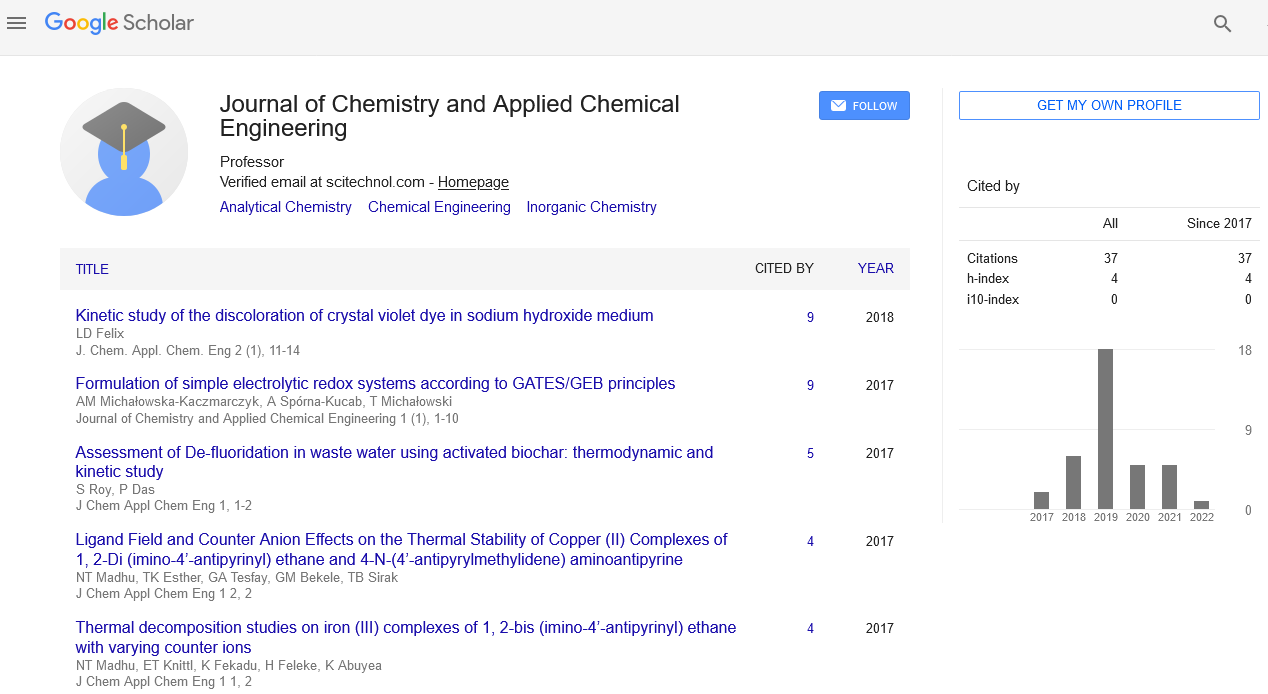Effect of climate and bio-climate conditions on olive production: To optimize production, achieve sustainability and increased economic of Palestine
Jehad M H Ighbareyeh, Asma A A Suliemieh, Eusebio Cano Carmona and Ana Cano Ortiz
Al-Quds Open University, Palestine
University of Jaen, Spain
: J Chem Appl Chem Eng
Abstract
Olive (Oleae europaea L.) is one of the most important agricultural crops production and plays a role in the Palestinian economy, we analyzed the mean monthly temperature and precipitation using data from nine weather stations from the Palestine Meteorological Department, recorded in the period from 1993-2008, with the same years plant production (rain-fed) from the Palestinian Central Bureau of Statistics (PCBS). Statistical tests included a bioclimatic analysis of Palestinian meteorological stations for the period previous by using bioclimatic classification of the Earth of Salvador Rivas Martinez, with regard to bioclimate factors as simple continentality index, compensated thermicity index, and annual ombrothermic index. In concluded, when we applied a correspondence analysis Bethlehem, Jerusalem and Ramallah areas were influenced by the annual ombrothermic index and simple continentality index, while Jenin, Nabuls, Tubas, Tulkareem and Salfite were affected by compensated thermicity index with large a proportion of the variance explained by axes 1 (84.98 %). We indicated that in the upper inframediterranean to mesomediterranean environments, the optimum for the olive production is achieved with value of annual ombrothermic index ˂ 3.6, simple continentality index value between 15- 22 and compensated thermicity index value between 280-450.
Biography
E-mail: jehadighbareyeh@hotmail.com
 Spanish
Spanish  Chinese
Chinese  Russian
Russian  German
German  French
French  Japanese
Japanese  Portuguese
Portuguese  Hindi
Hindi 